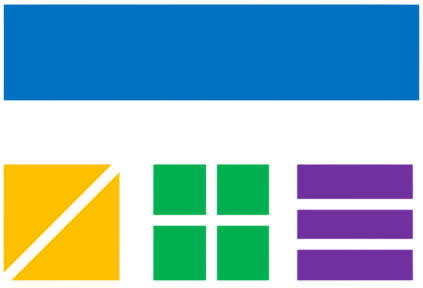Heart Rate Zone Calculator Information
What are Heart Rate Zones?
Heart rate zones are different intensity levels based on your maximum heart rate. Training in specific zones helps you achieve different fitness goals, from fat burning to improving cardiovascular endurance and performance.
- Zone 1 (50-60%): Very light activity, recovery and warm-up
- Zone 2 (60-70%): Light activity, fat burning and endurance building
- Zone 3 (70-80%): Moderate activity, aerobic fitness improvement
- Zone 4 (80-90%): Hard activity, anaerobic threshold training
- Zone 5 (90-100%): Maximum effort, sprint training and peak performance
How the Heart Rate Zone Calculator Works
Our calculator uses the Karvonen method, which is more accurate than simple percentage calculations because it accounts for your resting heart rate. This method provides personalized heart rate zones based on your individual cardiovascular fitness level.
- Max HR = Your maximum heart rate (beats per minute)
- Resting HR = Your resting heart rate (beats per minute)
- Zone % = The percentage range for each training zone
- Target HR = Your target heart rate for that zone
- Age-based Max HR: 220 - age (general estimate)
- Karvonen Method: More accurate, accounts for resting heart rate
- Personalized zones: Based on your actual fitness level
- Zone ranges: Each zone has specific training benefits
Heart Rate Zone Training Benefits
- Zone 1: Active recovery, reduces stress, improves circulation
- Zone 2: Builds aerobic base, burns fat, improves endurance
- Zone 3: Increases aerobic capacity, improves cardiovascular fitness
- Zone 4: Improves lactate threshold, enhances performance
- Zone 5: Develops maximum power, improves sprint ability
Training Zone Guidelines
- Zone 1: 50-60% of max HR - Very light, easy conversation possible
- Zone 2: 60-70% of max HR - Light, comfortable pace for long periods
- Zone 3: 70-80% of max HR - Moderate, sustainable for 30-60 minutes
- Zone 4: 80-90% of max HR - Hard, challenging but sustainable
- Zone 5: 90-100% of max HR - Very hard, maximum effort, short duration
How to Use Heart Rate Zones
- Measure your resting heart rate first thing in the morning
- Use a heart rate monitor during exercise for accurate tracking
- Start with lower zones and gradually increase intensity
- Include recovery days in Zone 1-2
- Most training should be in Zones 2-3 for general fitness
- Use Zones 4-5 sparingly for specific performance goals
Factors Affecting Heart Rate
- Age and fitness level
- Resting heart rate (indicator of cardiovascular health)
- Exercise intensity and duration
- Environmental factors (temperature, humidity)
- Stress and fatigue levels
- Medications and health conditions
- Hydration and nutrition status
Training Tips
- Build your aerobic base with Zone 2 training (60-70% of max HR)
- Include variety in your training across different zones
- Listen to your body and adjust intensity as needed
- Use the talk test: Zone 2 should allow easy conversation
- Gradually increase time in higher zones as fitness improves
- Allow adequate recovery between high-intensity sessions
Important Considerations
Individual Variation
Heart rate zones are estimates. Your actual zones may vary based on fitness level, genetics, and other individual factors.
Health Conditions
If you have heart conditions, high blood pressure, or other health concerns, consult with a healthcare professional before starting heart rate zone training.
Progressive Training
Start with lower zones and gradually progress. Consistency and gradual improvement are more important than pushing to higher zones too quickly.
Disclaimer
This calculator provides estimates for educational purposes only. It is not a substitute for professional medical advice, diagnosis, or treatment. Always consult with a qualified healthcare provider before starting a new exercise program, especially if you have heart conditions or other health concerns. Individual results may vary, and the information provided should not be used as the sole basis for training decisions.
